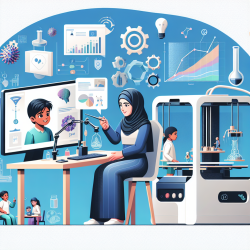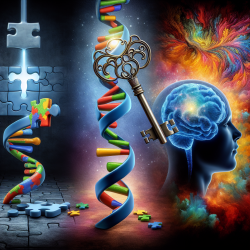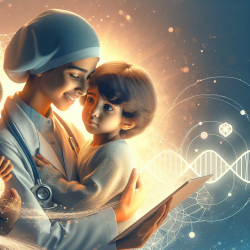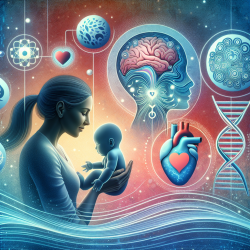Ehlers-Danlos Syndrome (EDS) is a connective tissue disorder that presents unique challenges in diagnosis and management, particularly in adolescents experiencing chronic daily headaches (CDH). A recent case report highlights the importance of recognizing EDS symptoms when treating adolescents with CDH.
The Connection Between EDS and CDH
Classic EDS is characterized by joint hypermobility, skin hyperextensibility, and tissue fragility. These features often overlap with symptoms seen in adolescent CDH patients, such as musculoskeletal pain, fatigue, dizziness, depression, and anxiety. Understanding this connection is crucial for practitioners aiming to provide comprehensive care.
Case Study Insights
The case report discusses a 15-year-old female who presented with a 10-year history of headaches that became daily over three months. Her symptoms included syncope, chronic musculoskeletal pain, and joint hypermobility. A geneticist confirmed a diagnosis of mild classic EDS based on her history and physical examination.
This case underscores the need for clinicians to be vigilant about the signs of EDS when treating adolescents with CDH. Recognizing these symptoms can lead to a more accurate diagnosis and effective treatment plan tailored to the patient's needs.
Implications for Practitioners
- Awareness: Practitioners should be aware of the major manifestations of EDS and its associated symptoms to improve diagnostic accuracy.
- Treatment Plans: Tailored treatment plans should address both CDH and EDS symptoms. This may include hydrotherapy for muscle strengthening, vitamin supplementation, and mental health interventions.
- Genetic Counseling: Referral to genetic counseling is essential for a comprehensive evaluation and management of EDS.
- Avoiding Certain Medications: Avoid medications that affect platelet function or prolong bleeding due to increased bleeding risk in EDS patients.
Encouraging Further Research
This case highlights the importance of further research into the relationship between EDS and CDH. By understanding the underlying mechanisms and developing targeted therapies, practitioners can improve outcomes for adolescents facing these challenges.
To read the original research paper, please follow this link: Case Report: Ehlers-Danlos Syndrome in an adolescent presenting with Chronic Daily Headache.










